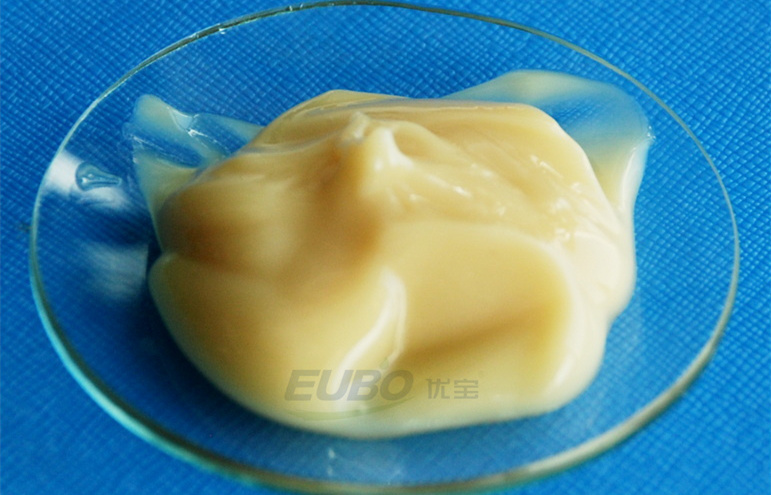A planetary gearbox is a mechanism designed to reduce motor speed while increasing torque. Its internal planetary gears are the core components of the gearbox, and special attention must be paid to lubrication when operating under extreme high or low temperatures. A high-quality, fully synthetic grease should possess the following four key functions to meet the lubrication requirements of planetary gears.
1. Lubrication and Wear Protection
During high-speed operation, the teeth of planetary gears engage and rub against each other rapidly, which can accelerate gear wear. Using grease forms a lubricating elastic film on the gear surfaces, reducing direct metal-to-metal contact and friction, thereby minimizing gear tooth wear.

2. Enhance the Durability of Planetary Gear Contact Surfaces
The contact stress on gear teeth is a primary factor leading to reduced gear strength. The lubricating film formed by grease helps distribute the stress across the gear surface, thereby improving the durability of the gears.
3. Prevent Adhesive Gear Surface Damage
Adhesion is a common failure mode in gear transmissions. Specifically, when the load and speed on the gear mesh exceed the limit that the lubricating film can withstand, the film may rupture, causing direct friction between the contacting gear surfaces and resulting in wear. As friction intensifies, the temperature of the gear surfaces rises rapidly, which may lead to adhesion and gear surface damage. Grease, with its anti-adhesion properties, load-bearing capacity, and extreme pressure (EP) characteristics, ensures effective separation between gear teeth, effectively preventing adhesive damage.
4. Reduce Transmission Noise and Vibration
Gear vibration and noise can arise from multiple factors, making the choice of grease particularly important. A suitable gear grease, due to its viscosity, can significantly reduce gear vibration, impact, and noise. However, the effect on vibration and noise may vary depending on the lubrication method and the specific type of grease used.